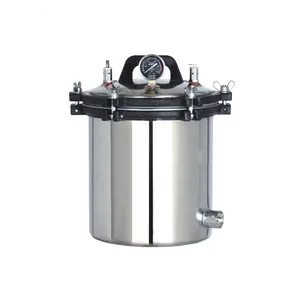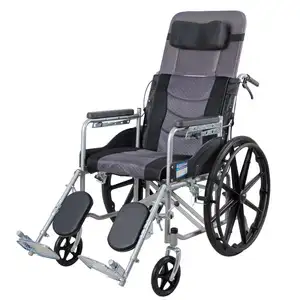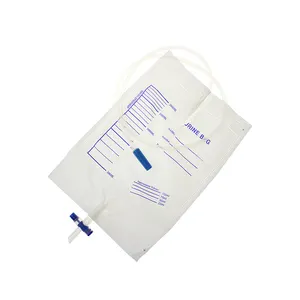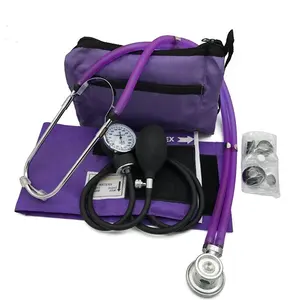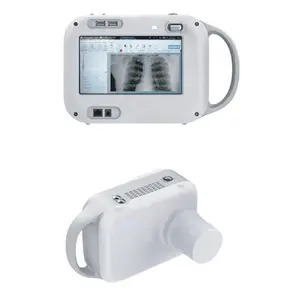Popular in your industry
































Top categories
About b braun hemodialysis catheter
Introduction to Hemodialysis Catheters
Hemodialysis catheters are a vital component in renal replacement therapy, serving as a lifeline for patients with end-stage renal disease. These catheters provide a means for blood to be drawn out of the body, filtered, and returned during dialysis treatment. Understanding the intricacies of these devices, including their design, functionality, and materials, is essential for healthcare providers and patients alike.
Types and Features
Dual lumen hemodialysis catheters are commonly used, designed with two separate channels; one for blood removal and the other for blood return. These catheters are typically made from biocompatible materials that minimize the risk of infection and clotting. Another type, the temporary hemodialysis catheter, is intended for short-term use, often in acute settings. For long-term dialysis, tunneled hemodialysis catheters are implanted under the skin, reducing infection risk and improving patient comfort.
Applications and Advantages
Hemodialysis catheters are used when patients require hemodialysis treatments. The main advantage of a long-term hemodialysis catheter is that it provides immediate access to the patient's vascular system, which is crucial in emergency situations or when permanent access is not available. Moreover, these catheters are designed to be inserted in various venous sites, offering flexibility in patient care.
Material and Durability
The materials used in manufacturing hemodialysis catheters, such as silicone or polyurethane, are selected for their durability and non-reactivity with human tissue. The antimicrobial hemodialysis catheter is an advancement in this category, incorporating materials or coatings that resist bacterial colonization, thereby reducing the risk of infection.
Considerations for Selection
When selecting a hemodialysis catheter kit, it is important to consider the patient's anatomy, the intended duration of use, and the specific needs of the dialysis procedure. Catheters with advanced locking solutions can also enhance safety by preventing blood backflow and reducing the risk of air embolism.
Maintenance and Care
Proper maintenance of a chronic hemodialysis catheter is crucial for its functionality and longevity. This includes regular cleaning and dressing changes, monitoring for signs of infection, and ensuring the catheter's integrity. Healthcare providers must follow strict protocols to maintain catheter patency and prevent complications.
